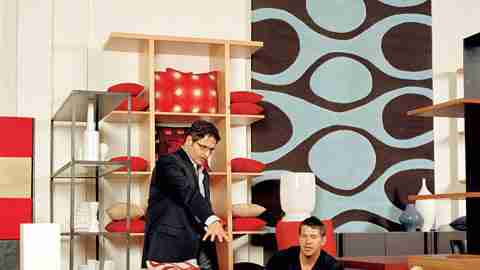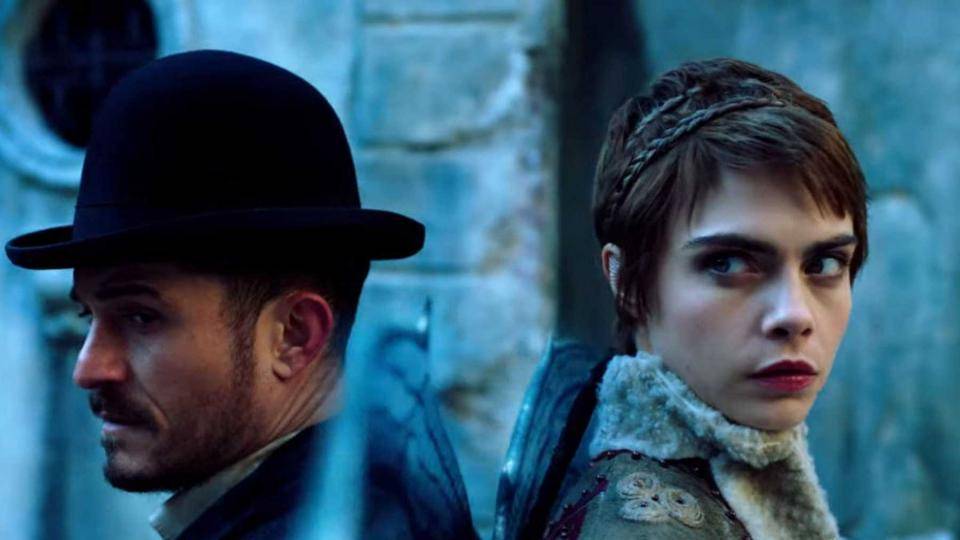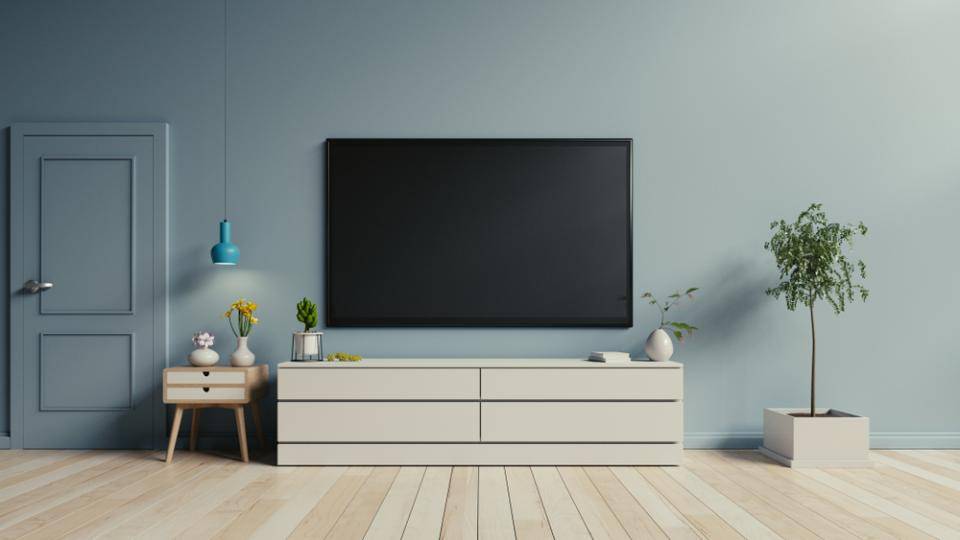November 23,2022
Designer Client: Mistakes to Avoid
by David Stewart
The first one is that they don't hire a designer! The second mistake would be "one-stop shopping." Purchasing everything from one place is never a good thing to do—rooms end up looking like a page from a catalog. — Roderick N. Shade

Asking to have a design concept that is not appropriate for the architecture of the space and their lifestyle. — John Barman
Not engaging a decorator before completing their house plans with their architect. — Craig M. Wright
Not being honest about how much they want to spend; not telling the designer the true amount. — Carleton Varney
Scale, scale, scale...and asking their mother-in-law or friends. [They] aren't your best friends after all because they don't think about what is best for you, but they know what they would like and chances are you will not like their choices! — Mario Buatta
A scattergun approach to a project. There is nothing more depressing than having a sheaf of cuttings presented to you which are in no way related to each other or appropriate to the project in hand. — Graham Viney
Not always hiring the best craftsmen for the specific job. — Edward Tuttle
It is vital that a client understands their responsibility to communicate their concerns, requirements and expectations—this is why clients must interview designers and vice versa. The process of interior design is quite intimate, so the right fit is incredibly important. I want to be as comfortable talking to a client over a presentation as I would over dinner. — José E. Solís Betancourt
Homes and rooms [that] are cluttered—most clients do not edit. — William Hodgins
Clients who want to build a Tuscan villa on a Cape Cod landscape. Also, clients who want everything done overnight. They would be better served living with the essentials and letting the space evolve. — Karin Blake
Trust is key to the successful outcome of any design project. A designer should be hired only if the rapport between client and designer is a good one. Choosing a designer based solely on a fee schedule is a big mistake. — Scott Snyder
I don't let my clients make mistakes. Mistakes are costly. — Marjorie Shushan
Not realizing how organic the process of design is and that both client and designer need to be open to discovery as a project progresses. — Stephen Shadley
Having a lack of or poor communication with the designer. [Also] having an unrealistic budget. — Charles Allem
To not make all of the recommended architectural changes up front. People simply do not go back and change architecture after the job is complete. It's too messy and too costly. — Harry Schnaper
Bringing along too much of the past. — Mimi London
Not trusting themselves to know what they don't like. Nobody should ever be talked into something that they find distasteful. — Alexa Hampton
To not have confidence in their designers and to doubt them. Sometimes clients choose a designer based on their social appeal notwithstanding their personal inclination—that is very silly. It would be the same as to buy a garment because it is fashionable and not because it fits you! A very wasteful and costly mistake. — Robert Couterier
Trying to second-guess themselves. If you like something, go with your gut. — Mark Boone
One shouldn't try to include everything they ever liked into one house or apartment: the point of view gets confusing and often creates uncomfortable intersections. — Mariette Himes Gomez
I call it the Cain or Abel Syndrome, which is really a mirror image. Cain being a closing off to the possibility of new ideas by resisting solutions that may seem unfamiliar or unaccustomed from past experience. Abel is the other, when a client leaves it all to the designer and does not participate in the process. A really successful interior develops from the synergy between client and designer. — Samuel Botero
Going for what is safe instead of taking risks. Sometimes the most remarkable interiors are the ones that have been created totally from the imagination. Great leaps of faith are required and the rewards can be very exciting. This is why creating interiors for a client that I have worked with before is usually the most satisfying. The element of trust increases between client and designer with each project. — Thomas Pheasant
Not editing themselves! You would not wear your whole clothes closet all at once. Why throw everything into your living room? — Joanne de Guardiola
Listening to the advice of too many of their friends instead of the professional they are working with. The design process is collaborative, exploratory and appropriate to the specific needs of each client. There's a risk when friends get involved—it often becomes about their vision and taste. — Sandra Nunnerley
Buying things without measuring them. Also, clients try to replicate the designer's ideas or wishes but often don't have the expertise to do so, resulting in a look or purchase that's not quite right. — Penny Drue Baird
Not paying bills promptly. — Terry Hunziker






